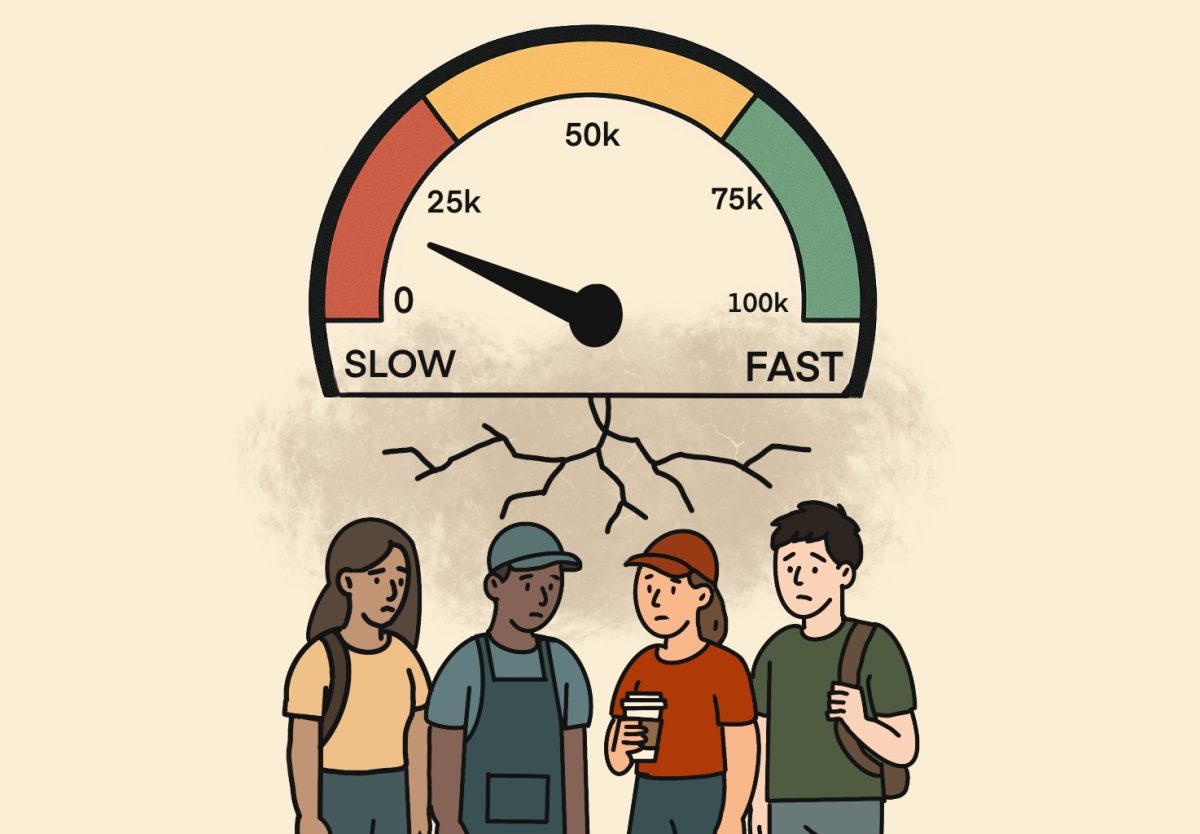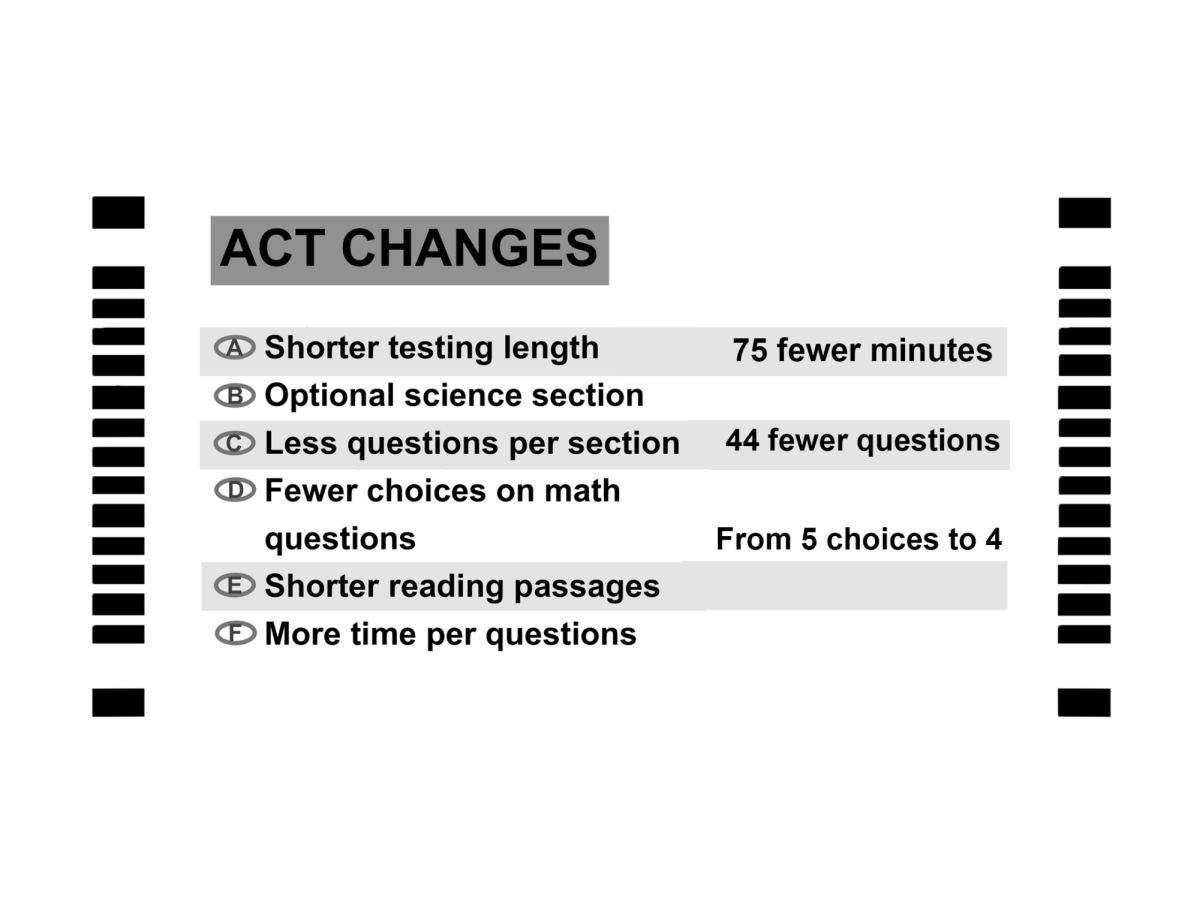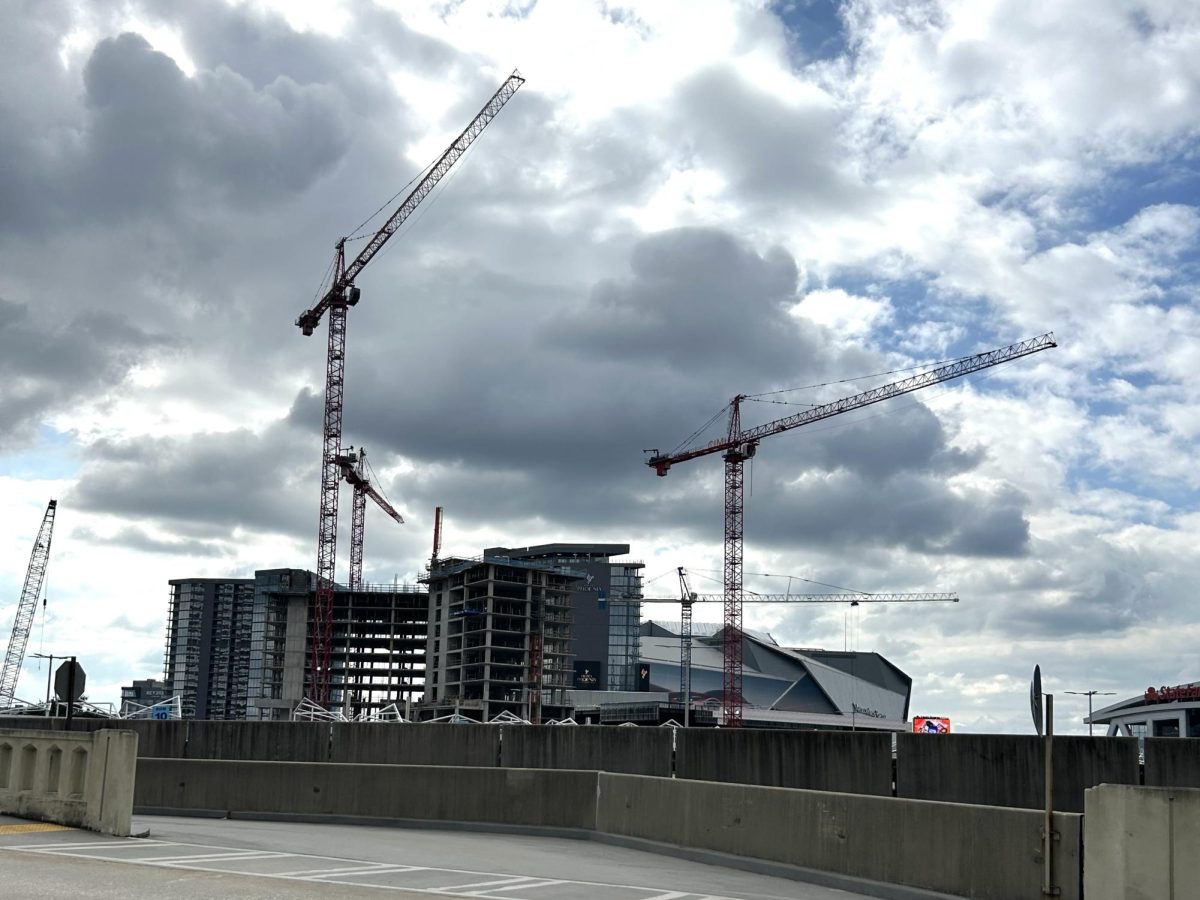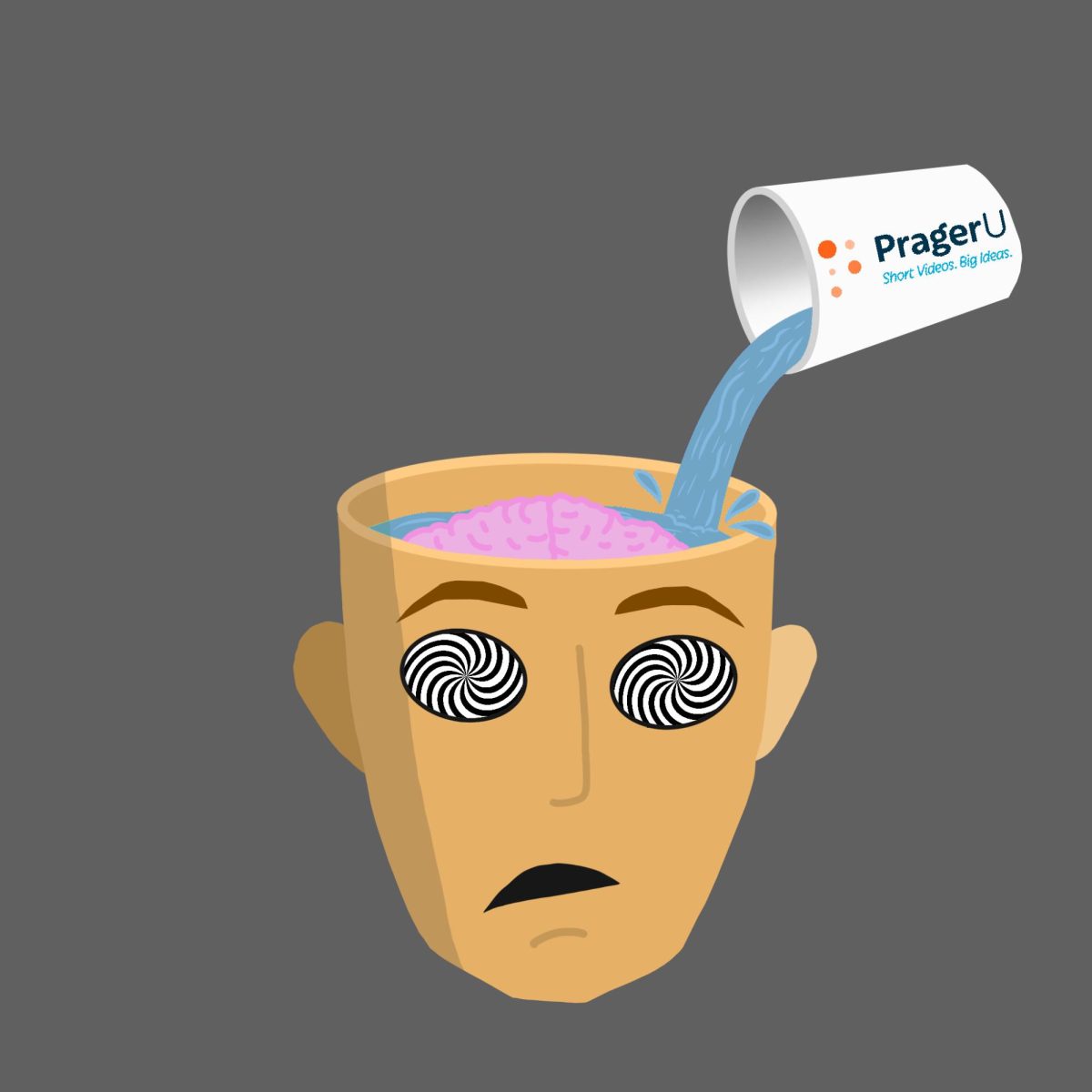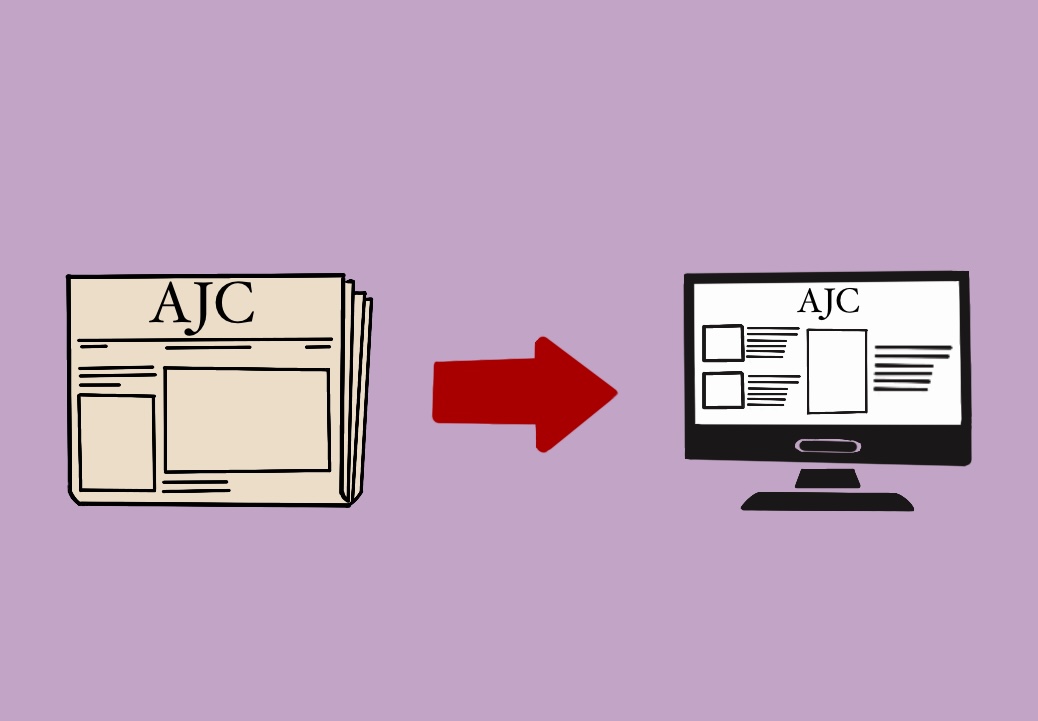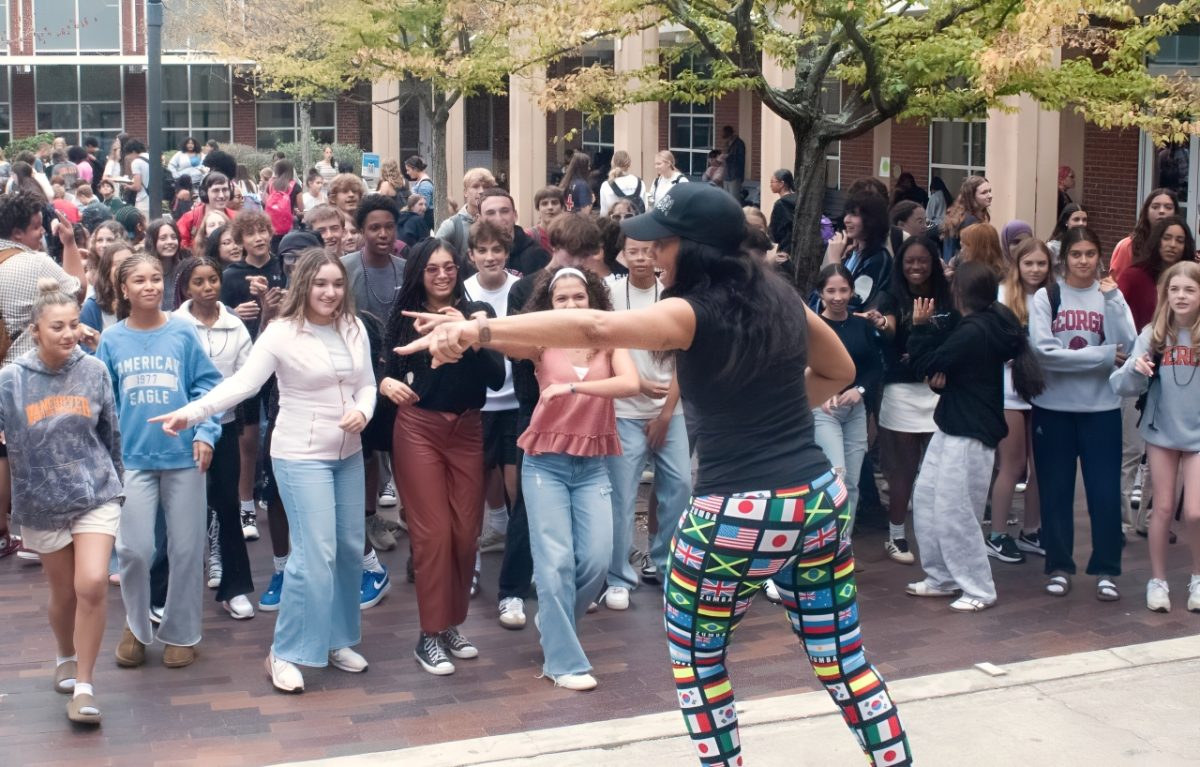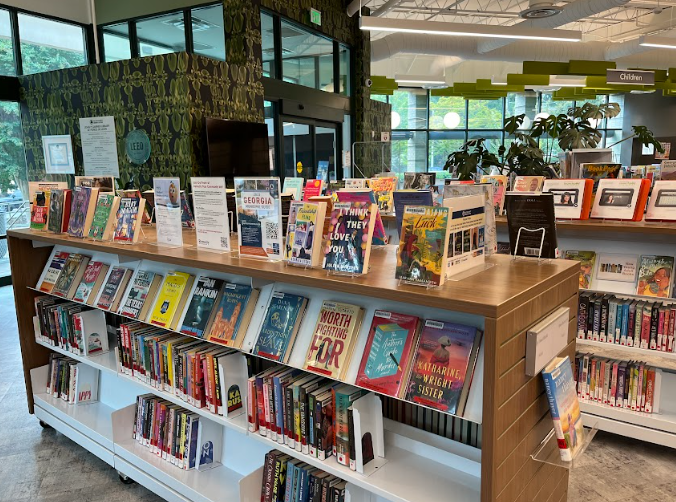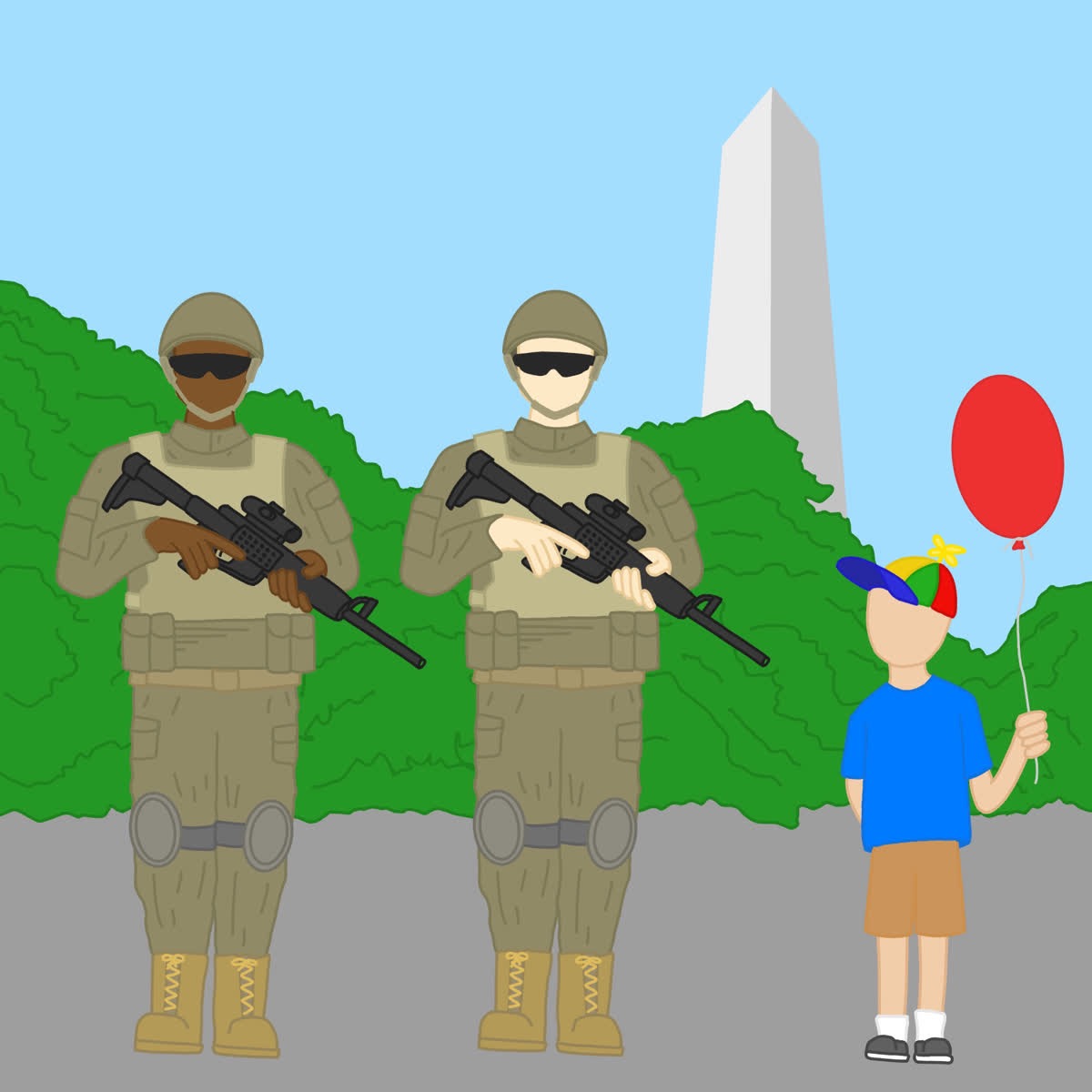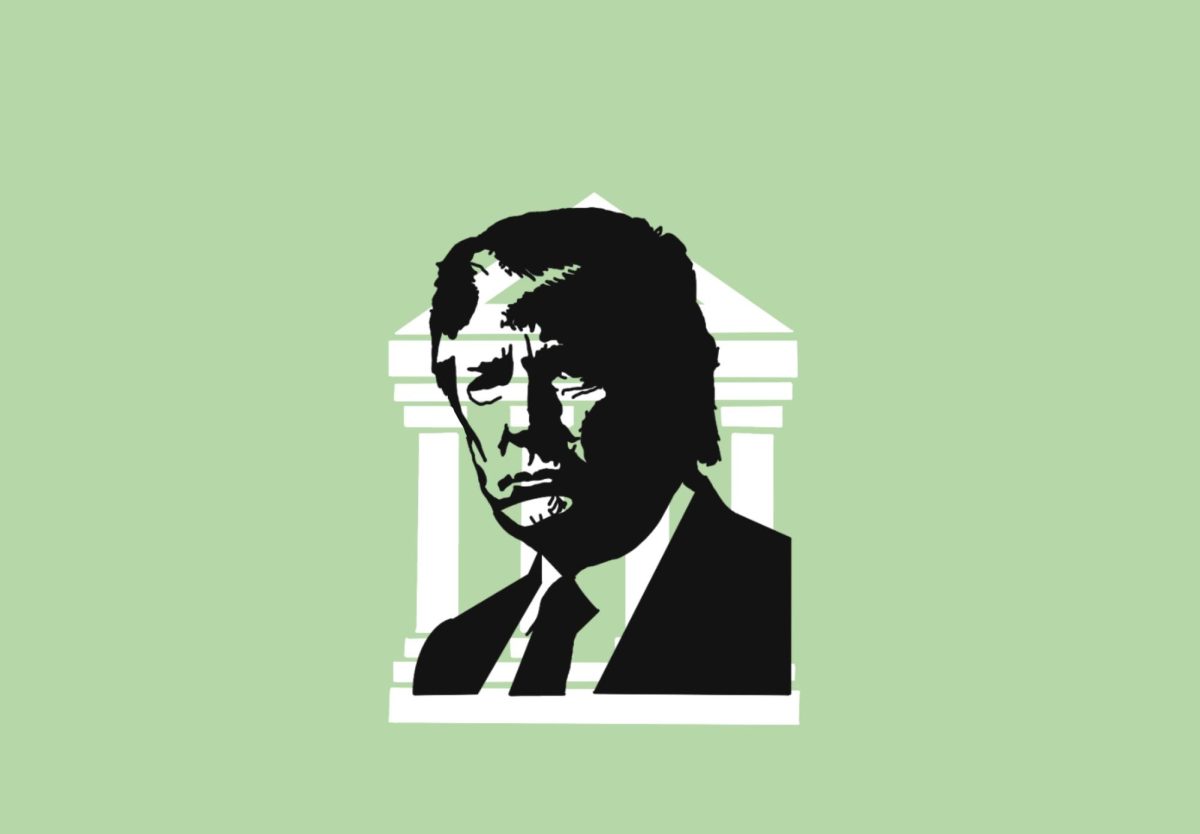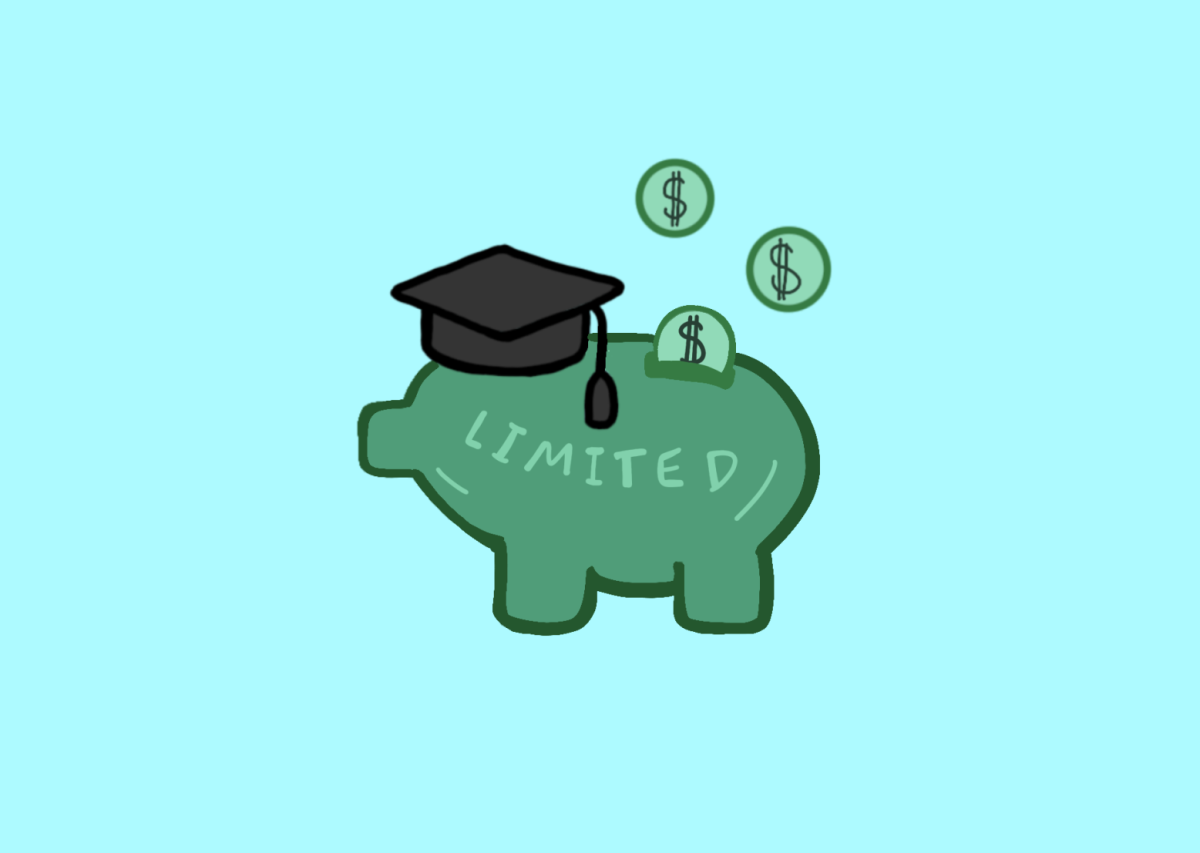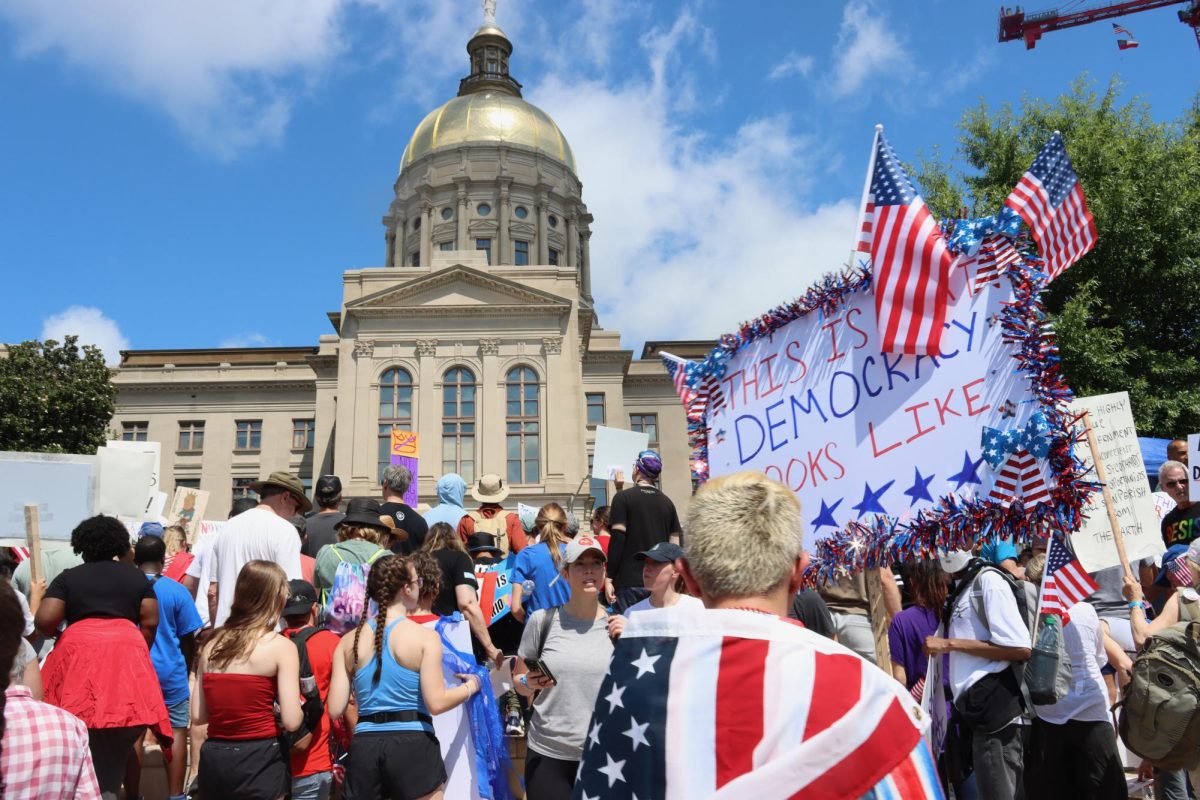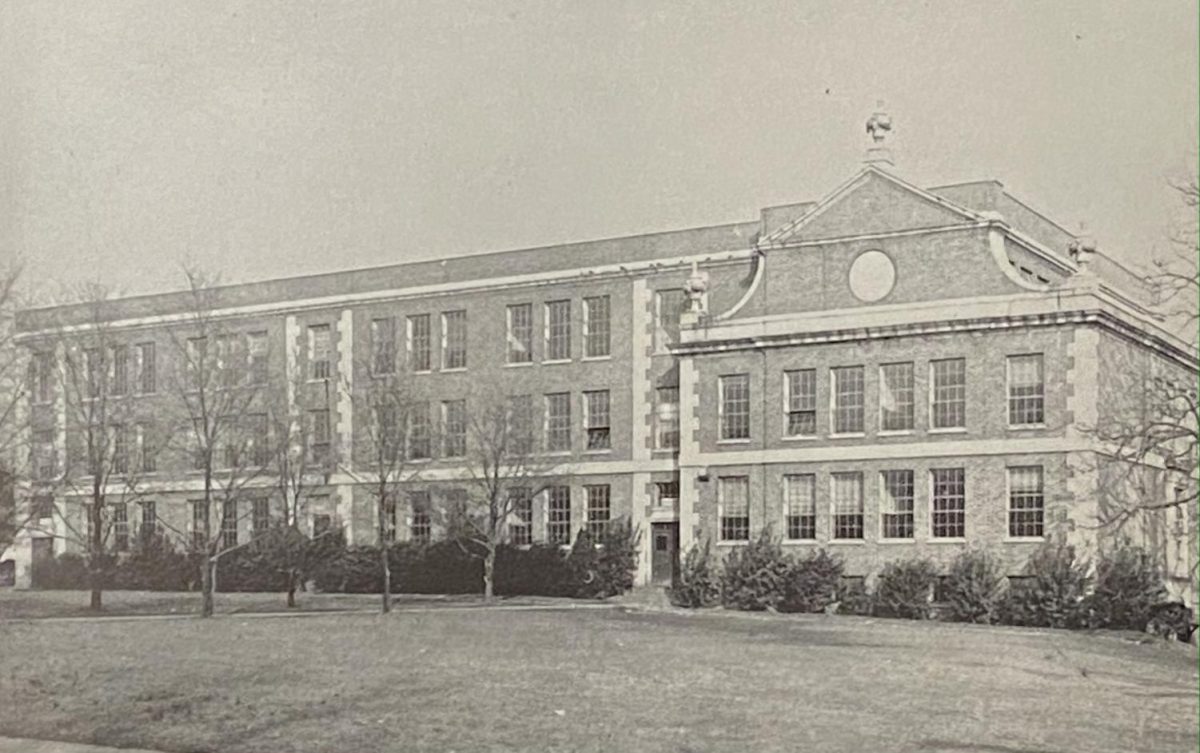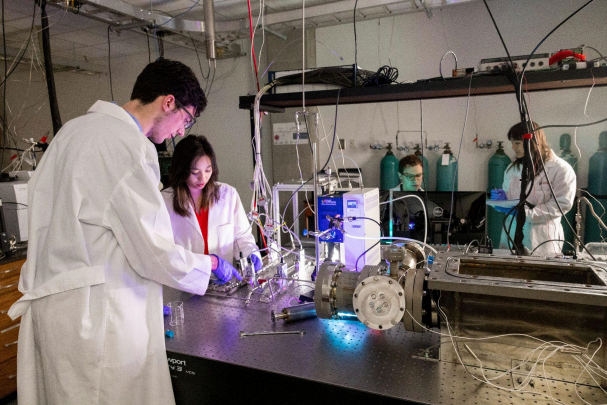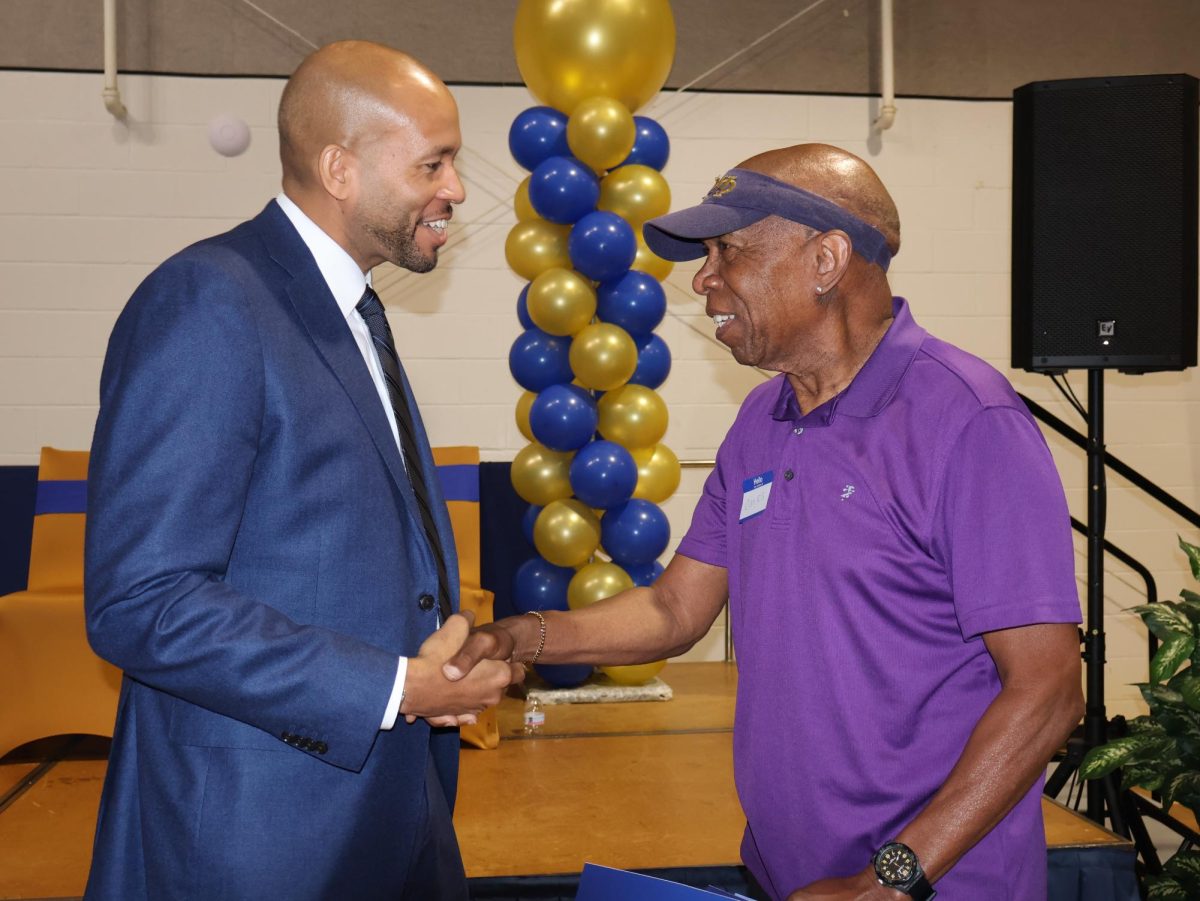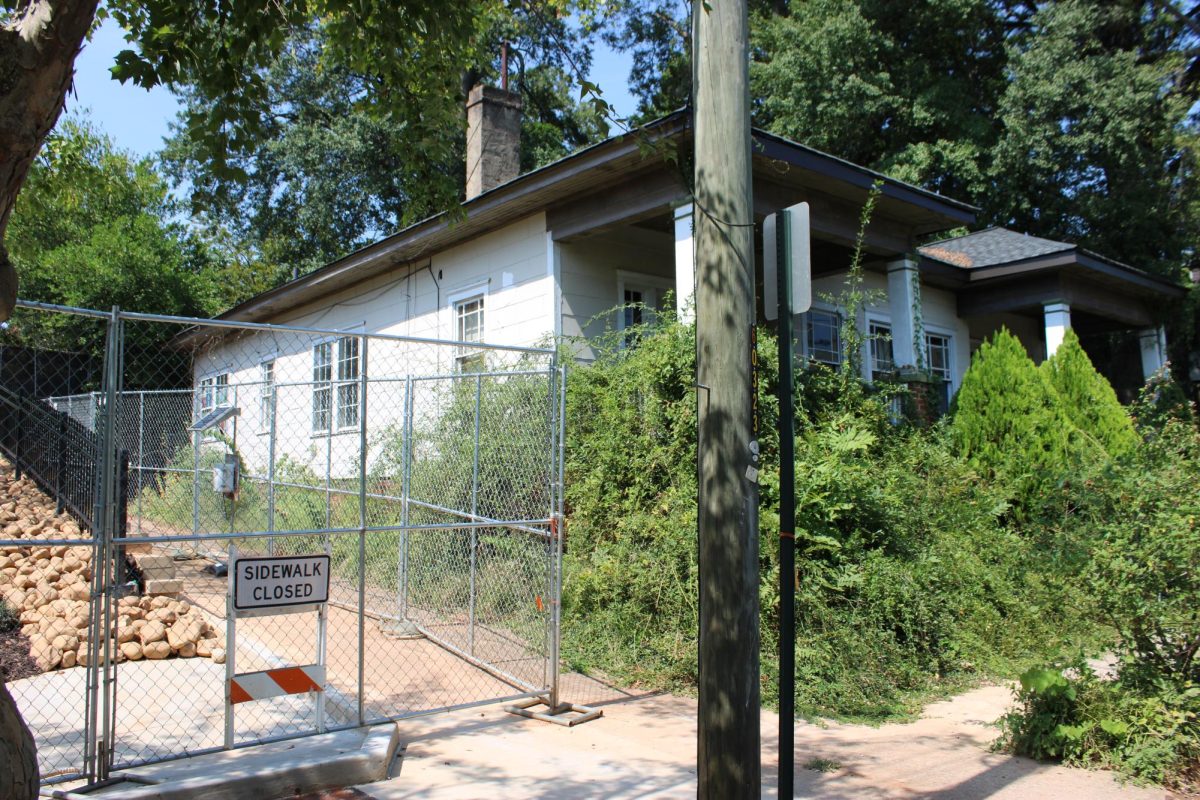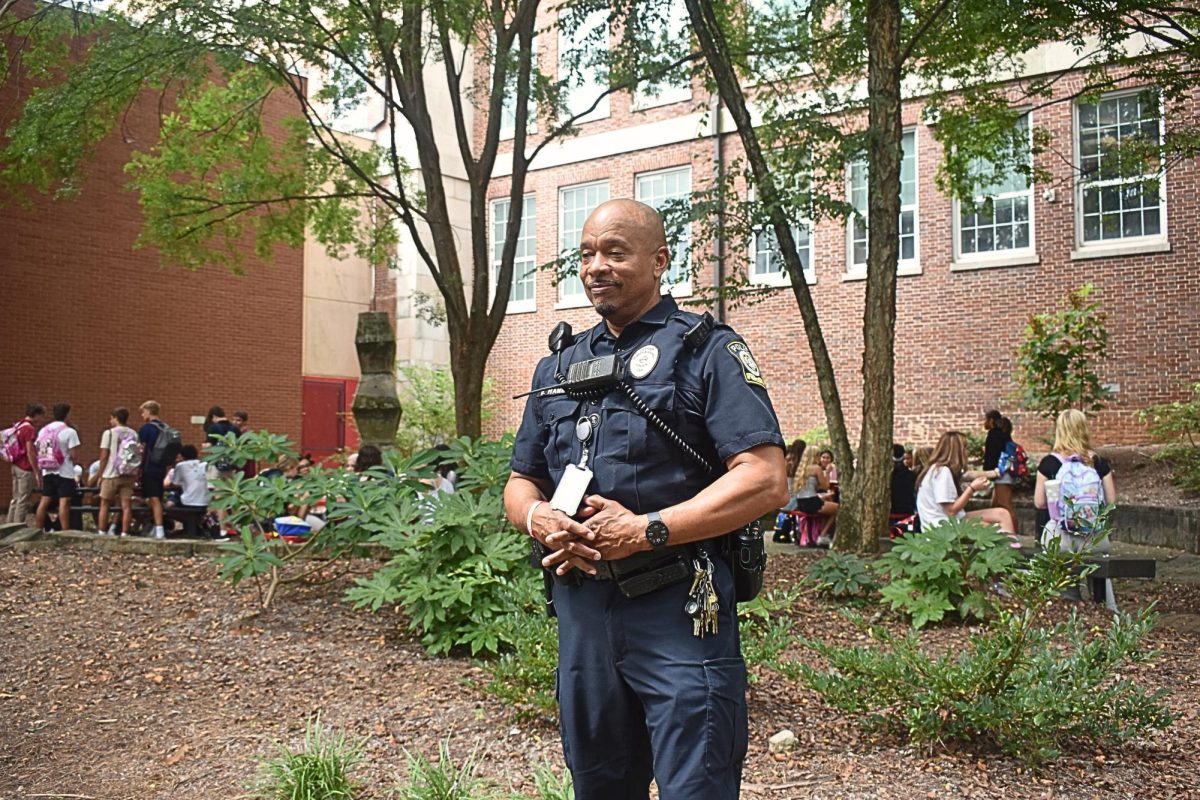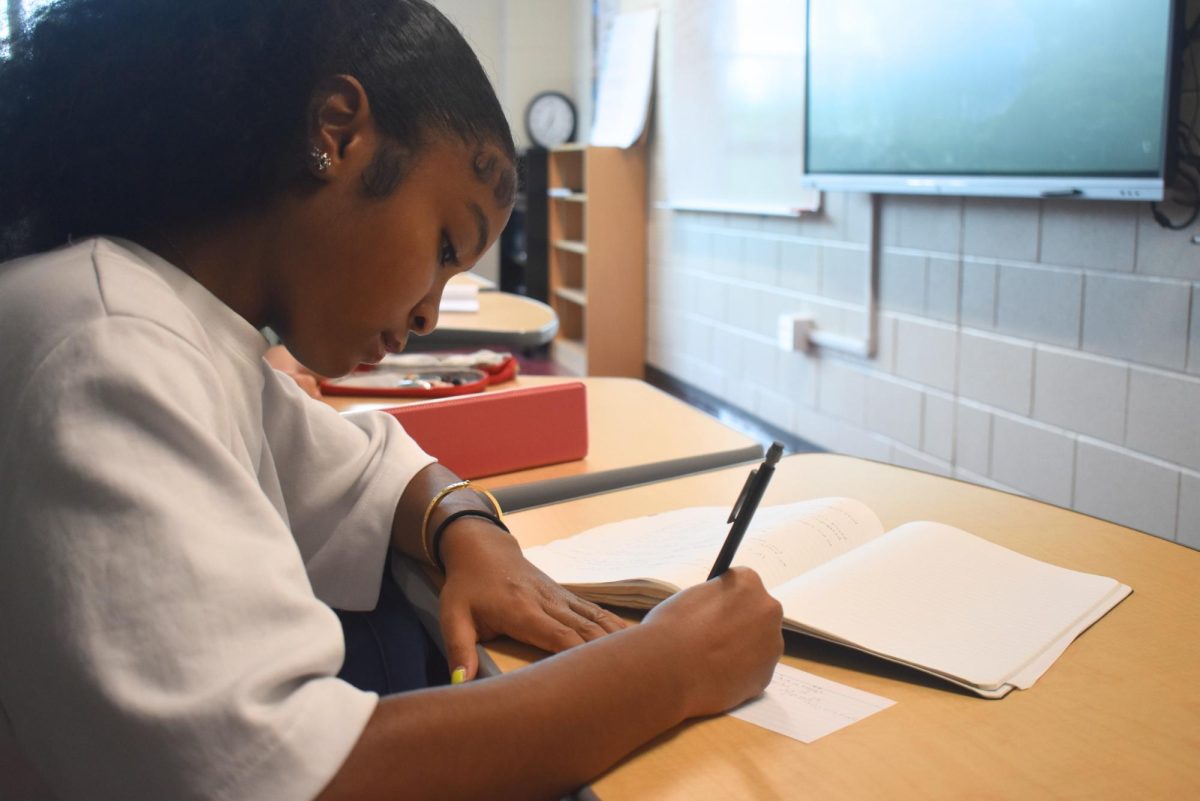The Bureau of Labor Statistics released a statement on Sept. 5 showing that the United States unemployment rate is currently 4.3%, with 22,000 jobs added in August. The reports, while showing some amount of growth, show a slower pace of hiring than in previous years.
“22,000 [jobs] in isolation doesn’t say much, it more has to do with how it compares to other months and what projections were,” Economics teacher John Cowan said. “It does show a slow down in job growth with only 22,000 jobs created. A little concerning, it does look like slower growth.”
Job growth has been in a slow decline since summer. In July, there was an increase of 79,000 jobs, over 50,000 more jobs than added in August. Additionally, 13,000 jobs were lost that month, which was the first notable monthly decline since 2020, during the start of the pandemic. Economics Club president and senior Nicholas Fedorov explained, even though the overall unemployment rate remains steady, the slowing pace of job creation could lead to economic uncertainty.
“The recent reports on slowing job growth definitely paint a bad picture for the economy, especially after the many consecutive months of consistent job growth,” Fedorov said. “It looks like just one important factor of many that will likely negatively impact the US economy, possibly contributing to a recession. I know a lot of institutions are predicting a high chance of recession right now.”
For students with part-time jobs, the effects of unemployment rates and prolonged hiring can be felt directly. Midtown junior and lifeguard Lylah Schaefer believes fewer open positions or reduced hours can make it harder for students to find work and keep jobs they may need for basic necessities.
“Rising unemployment rates affect people’s ability to save up for the future,” Schaefer said. “No job means no one, and unemployment benefits aren’t enough to live on long term, so unemployed people often have little to no savings in the event of an emergency.”
Student jobs often play a bigger role than just earning extra money. Schaefer said unemployment rates can have major effects on working students, as many have jobs they may need to help support themselves or their family. She highlights the importance of student jobs and their effect on the economy.
“I think [unemployment rate spikes] probably hurts [student workers] the most since they are providers for their household,” Schaefer said. “If the child is getting a job to support, then evidently the parents cannot support on their salary, so the kid not being able to get a job hurts the whole household.”
During his administration, President Donald Trump has emphasized policy focused on job additions. The Tax Cuts and Jobs Act, passed in 2017, for example, aimed to reduce taxes with the hopes of increasing corporate business investment. While this act and other legislation like it, Cowan explains their impact currently.
“Typically with big legislation, its effects are usually more noticed longer down the line,” Cowan said. “It is likely hard to say the immediate impact, while there may be some.”
Outside of government policy, other factors also affect hiring trends. Cowan explained the impact of these aspects on hiring or unemployment rates.
“Job growth is often influenced by interest rates in the sense that when interest rates are lower, right now they are higher than in the past, but when they are lower, there tends to be stronger job growth and lower unemployment because people want to borrow more money,” Cowan said. “When rates are higher like right now, [as they have been] since spring of 2022, businesses tend to expand less because they are borrowing less money, because it is expensive so we tend to see more contractions in the job market and more unemployment.”
Influences on hiring like inflation rates, changes in supply and demand or interest rates changes all play a part in businesses choosing whether to expand or reduce their workforce. For example, the Federal Reserve has raised interest rates in order to combat inflation, which could make loans more expensive for businesses, limiting their ability to hire new workers.
“The weak job growth will continue to hurt young people searching for a job,” Fedorov said. “The Trump administration has increased federal funding for trade schools, so we may see a period of growth in trade jobs, differing from the general trend over the last few decades in the US where people were encouraged to go to an undergraduate program at a college.”
For students who are already, or plan on, entering the job market soon, these changes matter. Cowan believes it is imperative students know how the economy works and what certain changes mean so they can make informed choices dealing with their employment.
“Looking at unemployment rates for young workers and low-wage workers, I think it is especially something to note for students at this school as they are looking to go to college and looking for training or education in a particular field; they need to take a look at the job market right now and what it projects to look like in the next 10-20 years,” Cowan said.

